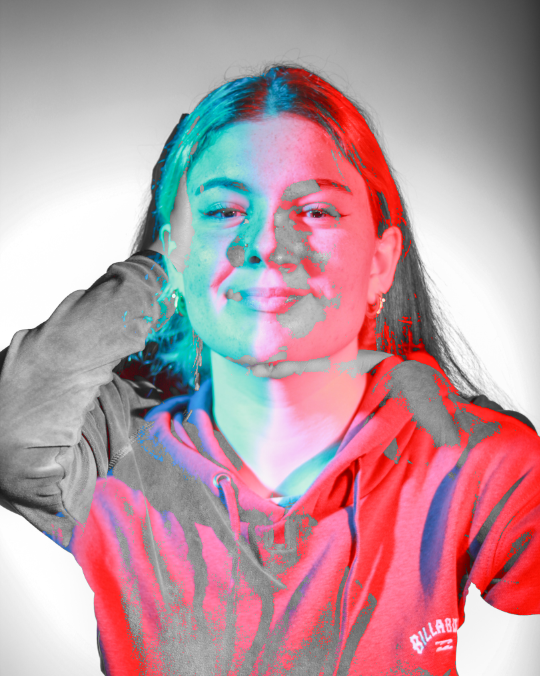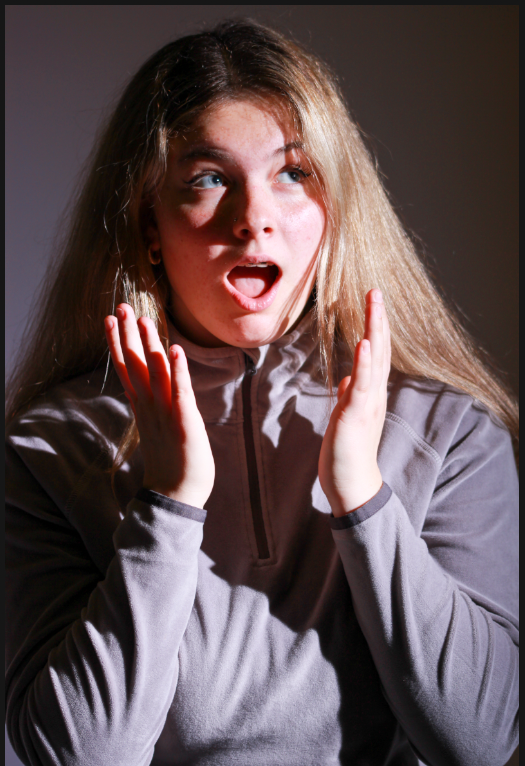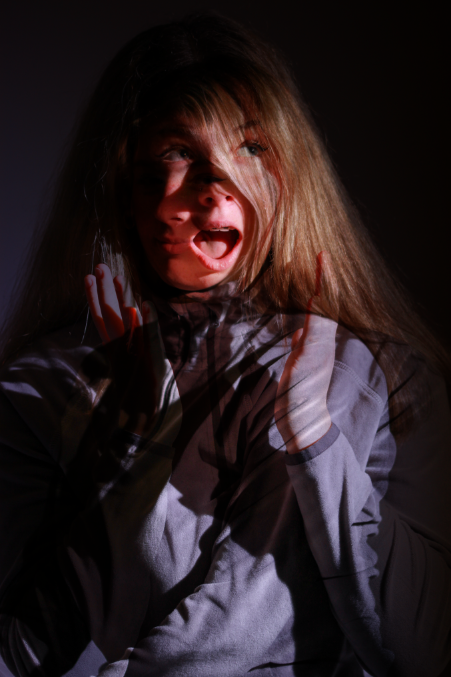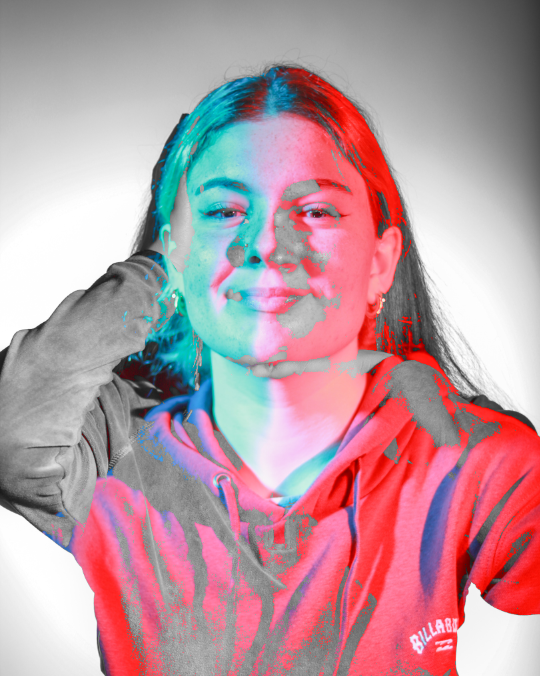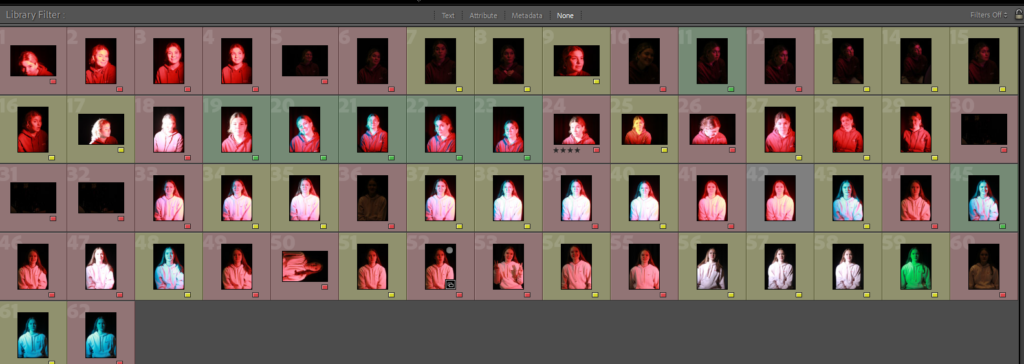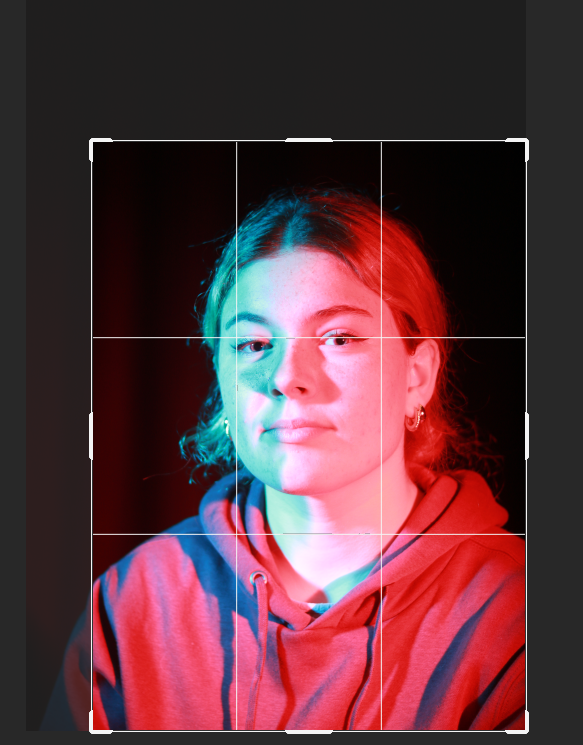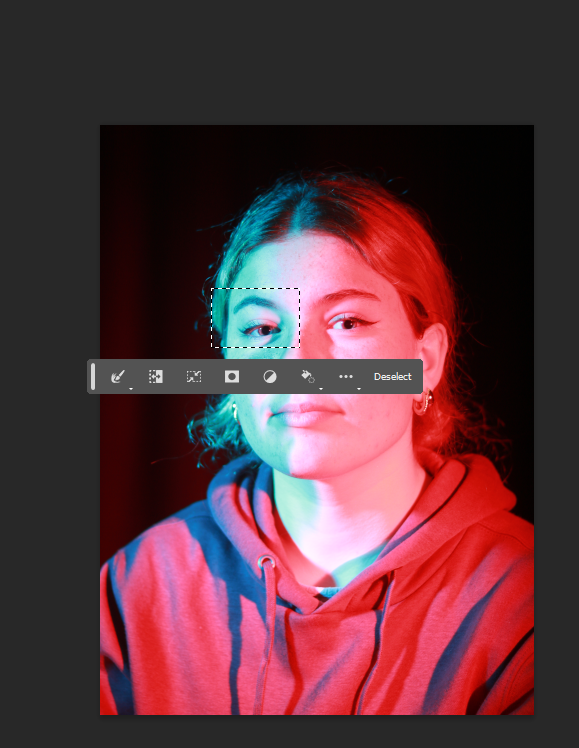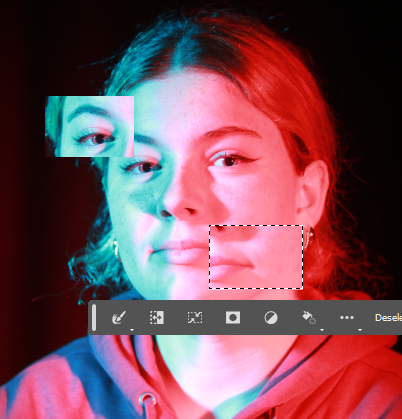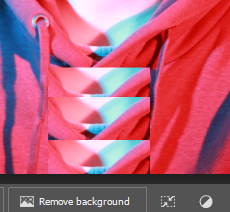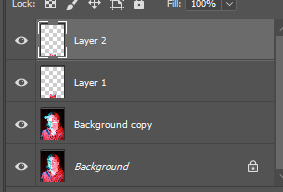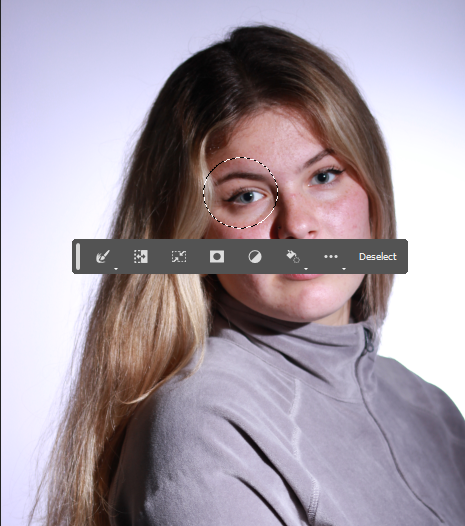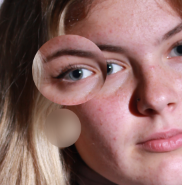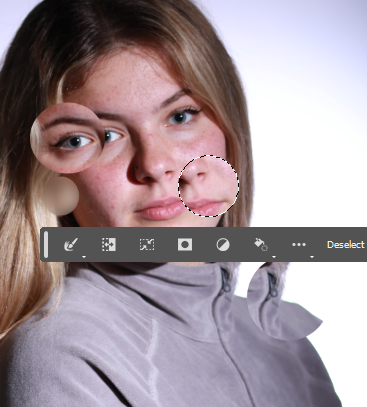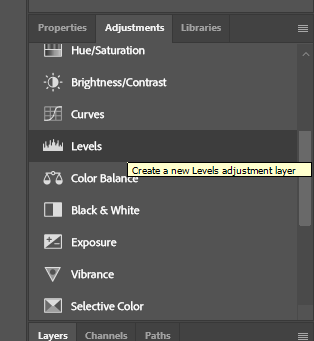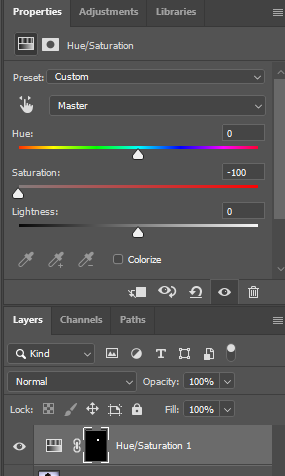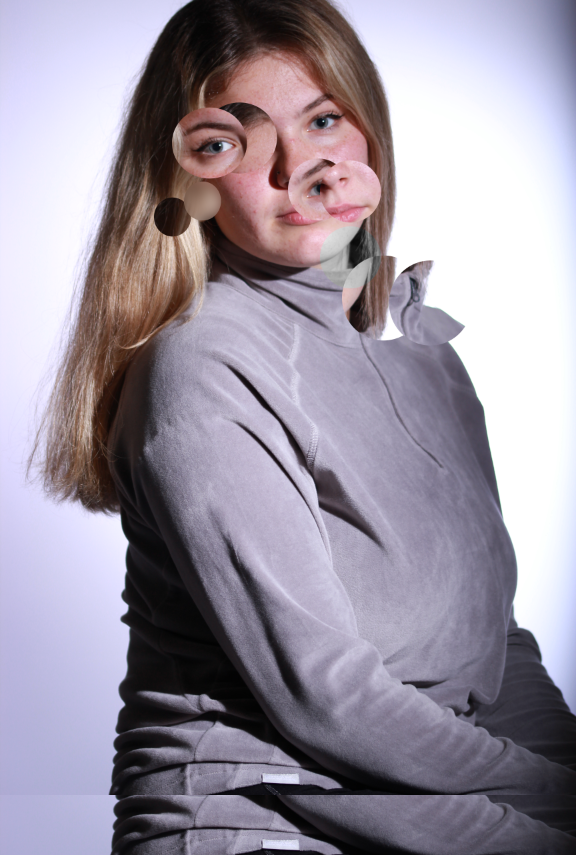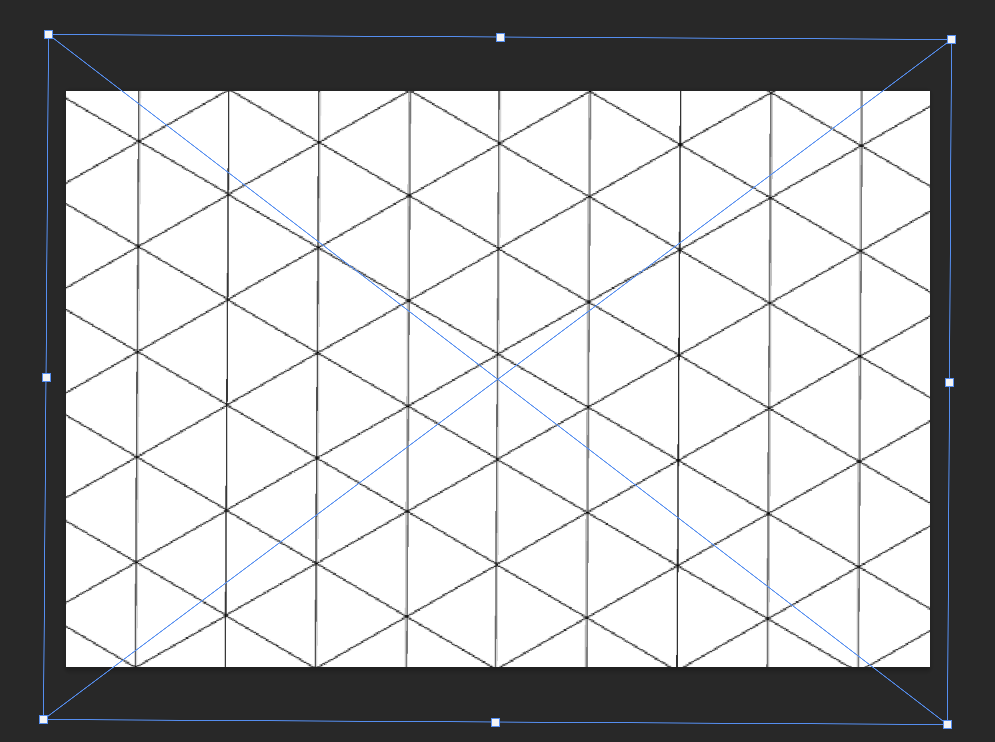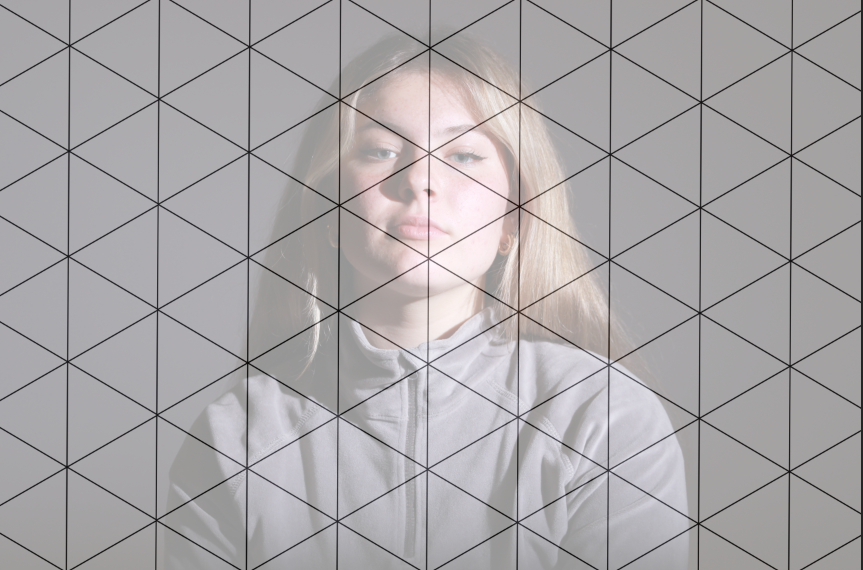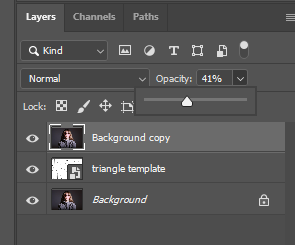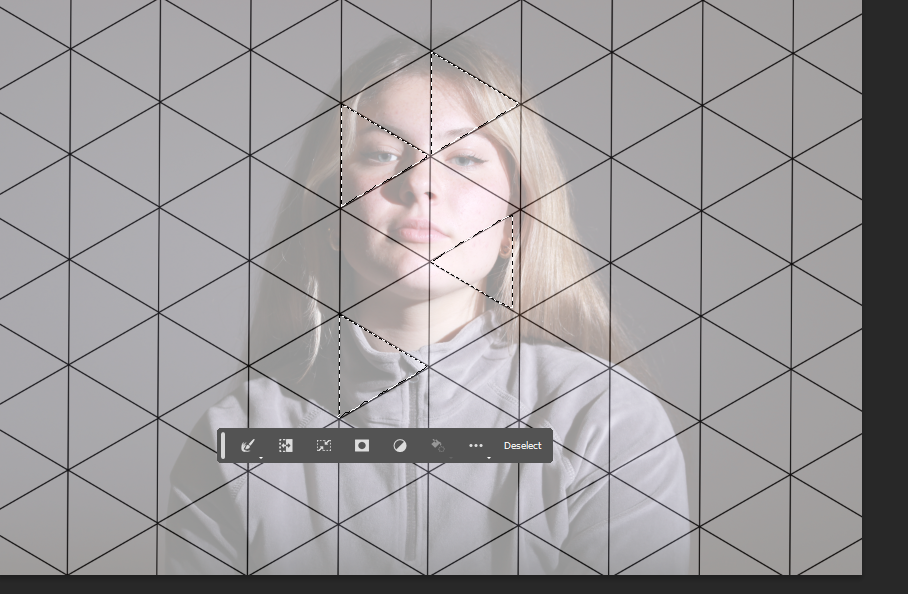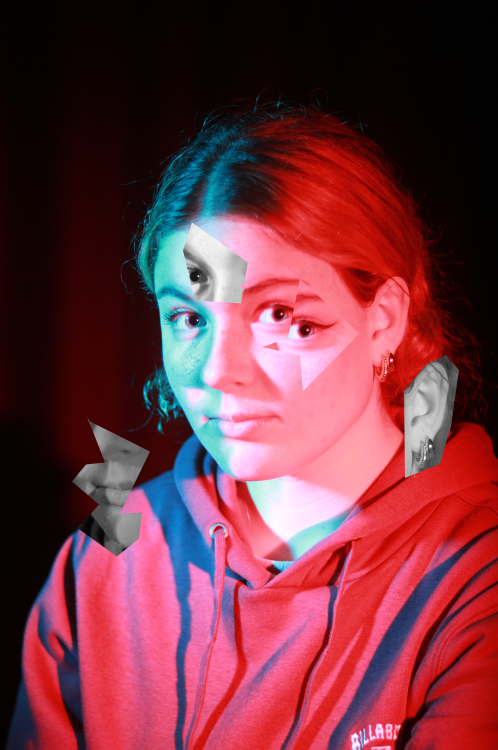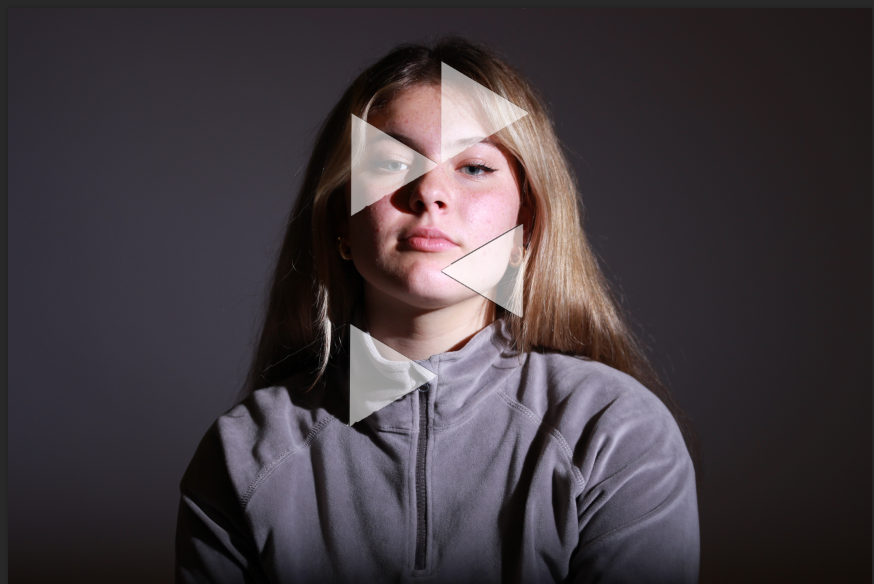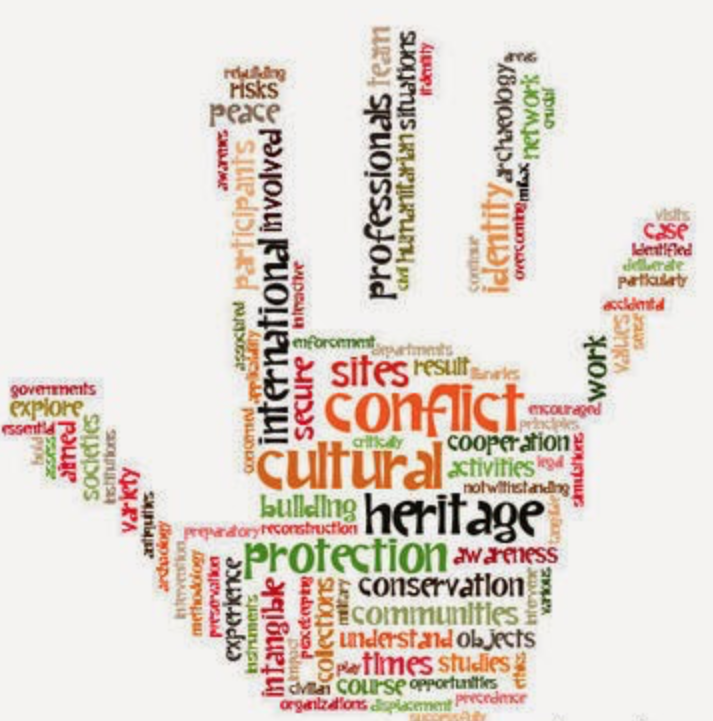What is Identity politics?
Identity politics, put simply is the tendency for people from certain religions, ethnic groups, social backgrounds and other groups to create exclusive political alliances, rather than choosing on the brood-based party politics. With the term made in 1977 by the Combahee River collective, its usage went on to become more popular in the 80’s, where events based on identity became more prevalent. Such as with the social activisms of People from The Feminist, LGBT and Civil rights groups. The most recent case of this term can be seen with the Black Lives Matter movement.

The Black Lives Matter movement is a decentralised political and social movement that strides towards showing the highlighted issues around racism. Being an international movement, it can be throughout many countries where black people have experienced racism and oppression. Due to the numerous reported cases of African Americans being killed by white police officers such as Breanna Taylor, the situation grew larger and larger with riots being held in protest. The most significant riot was held when A man called George Floyd was killed after a police officer knelt on his neck. After this, city’s in the US developed into chaos as members of their black community’s and people who supported them, rioted against the police about the unfairness law enforcement had treated them, with the issue becoming so widespread celebrities became involved in the marches held In major cities across the world.
(Such as: John Boyega in London and Jonah Hill in Los Angeles).
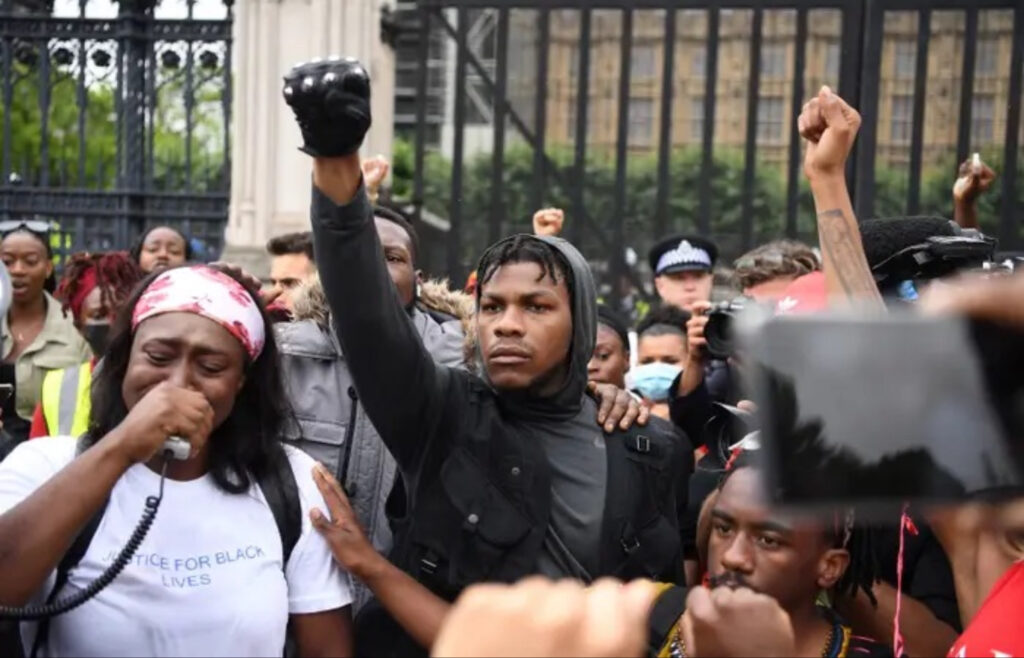
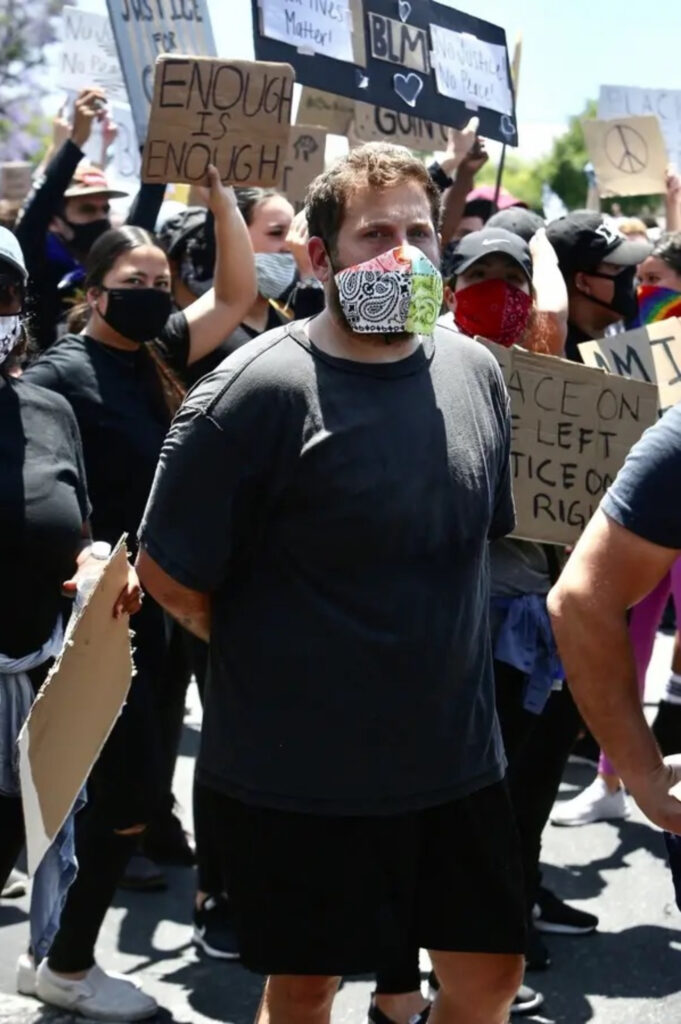
(Police and protesters: Clashed amongst the rioting, with fires, tear gas and batons).
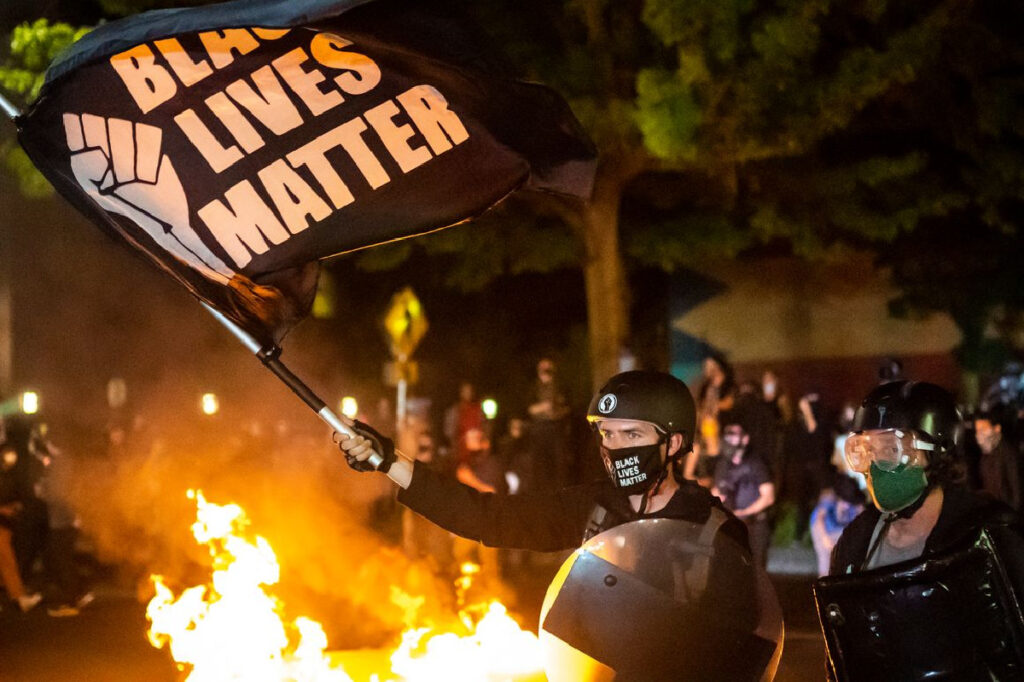


With the cases of rioting however, unnecessary violence and property damage, causes harm to both people in and outside the cause. In some cases black business owners found their stores looted and destroyed during the BLM riots despite being supporters of the cause. This raised a question to at what point did it stop becoming about the actual objective of the movement and instead became an excuse for greediness and senseless violence.
Due to foundation of many areas being built on the backs of slavery, the movement found itself originating in America, with one of the major events in history for the cause being the civil rights movement. Spanning from 1954 to 1968, black people held a campaign to abolish Racism, discrimination and segregation in the US. Key figures arose from this such as Rosa parks’ and her bus boycotts as-well as Martin Luther King Jr, speaking out on behalf on creating a world where Black people could be treated equality to other people.
“I have a dream that one day this nation will rise up and live out the true meaning of its creed.”
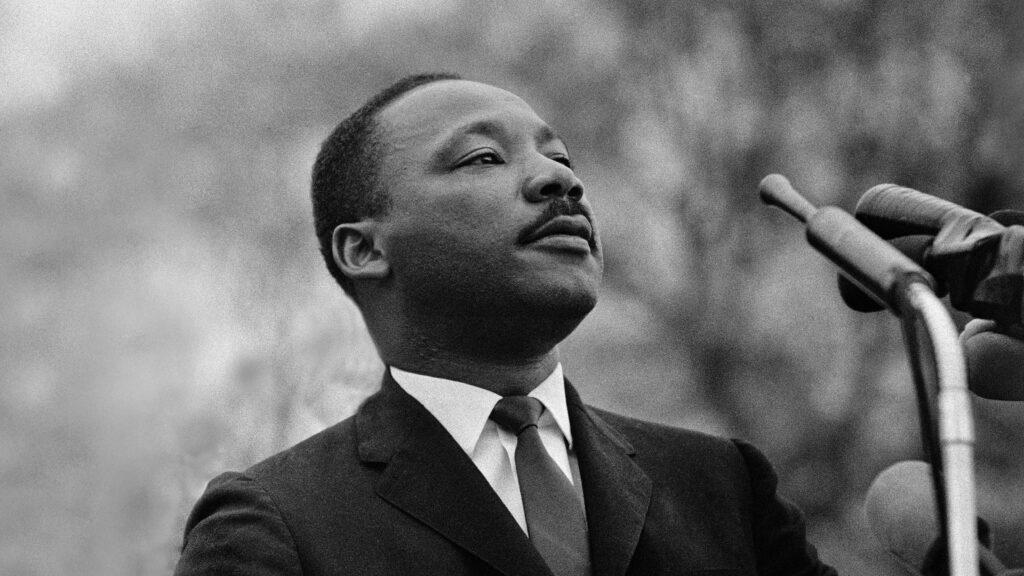
“You must never be fearful about what you are doing when it is right.”
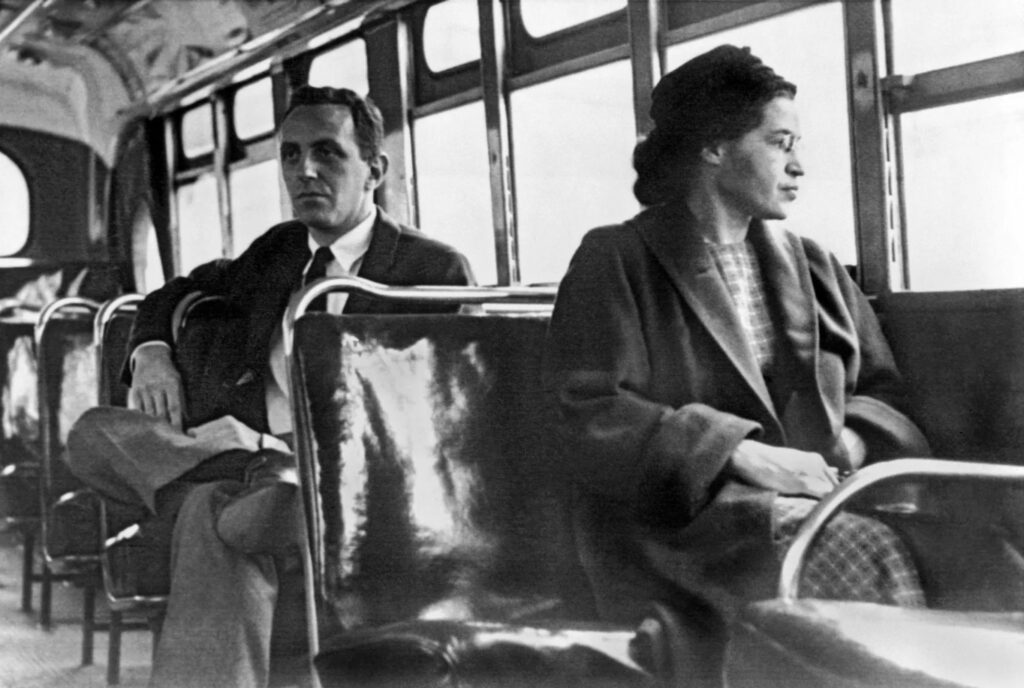
On a local level, The Black Lives Matter movement can be found amongst the Channel Islands. One example being the push by protestors to remove the George De Carteret statue in June of 2020 due to his strong links to slavery after the death of George Floyd Sparked a worldwide debate on who should be immortalised in the form of statues.
Since 2020, 168 statues of historical figures who had links to the slave trade have been removed. One of these statues who sparked controversy was the one of George de Carteret outside the George de Carteret Pub we’re it was vandalised for his links to the slave trade.
(White paint was seen to thrown of him in the early stages of the protest, with later protests having ‘blood’ on his hands and bound in chains).
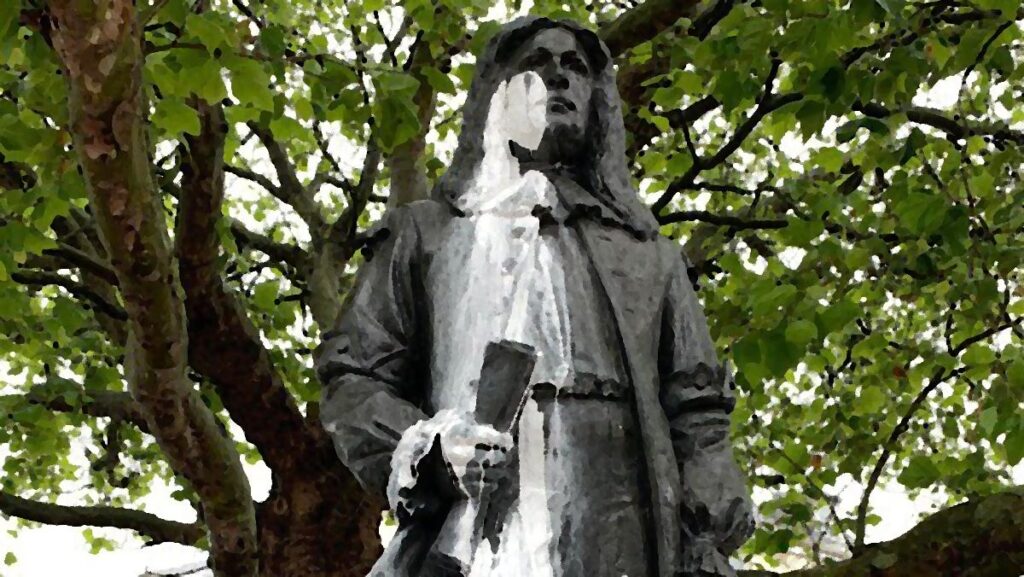
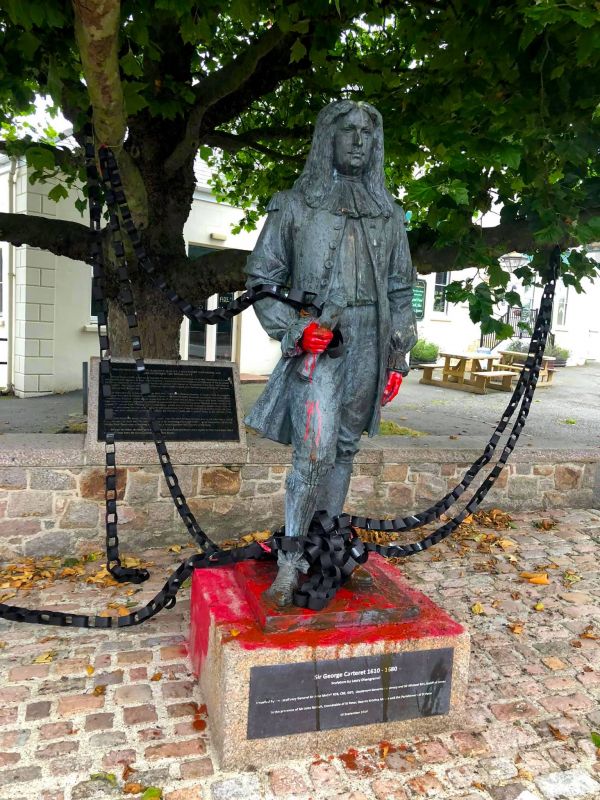
Identity politics can be seen to spark conversation about the issues faced by certain members of our societies. However with the rise of demonstrations amongst different groups it seems that people are at a culture war to make themselves standout amongst each other. However with actions of hardship publicly shown and protested about by these groups, it goes to show how much it is relevant in the world and how it needs to change to make it a better place for everyone to live in.





